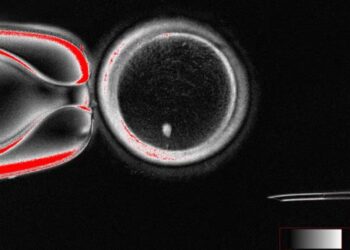Select Language:
People have been fascinated by the moon for hundreds of years, inspiring countless poems and tales.
The moon not only adds a touch of romanticism but also plays a crucial role in making Earth a habitable planet by moderating its position on the axis, resulting in a more stable climate, as reported by Discover Magazine.
Ocean tides are also influenced by the moon, shaping a natural pattern that has been a constant in human history for millennia.
The Earth has just one moon, but other planets in our solar system have multiple moons. For example, Jupiter boasts a whopping 79 moons!
Why do planets possess more than one moon?
Objects exert a gravitational pull on objects close by. The bigger the object, the stronger the pull.
The sun’s gravitational force is the main influence in our solar system since it’s the biggest planet. For a moon, also known as a “natural” satellite by NASA, to orbit around a planet, it needs to have sufficient force. This is referred to as the Hill sphere radius.
The positioning of both the bigger and the smaller objects is determined by their respective masses.
Mercury and Venus, being small planets, have a limited Hill sphere radius, preventing them from experiencing a strong gravitational force. This means that any potential moons would most likely be pulled in by the sun.
Jupiter, Saturn, Uranus, and Neptune have bigger Hill sphere radii and are located further away from the sun, which allows them to easily attract and retain a greater number of moons in their orbit.







